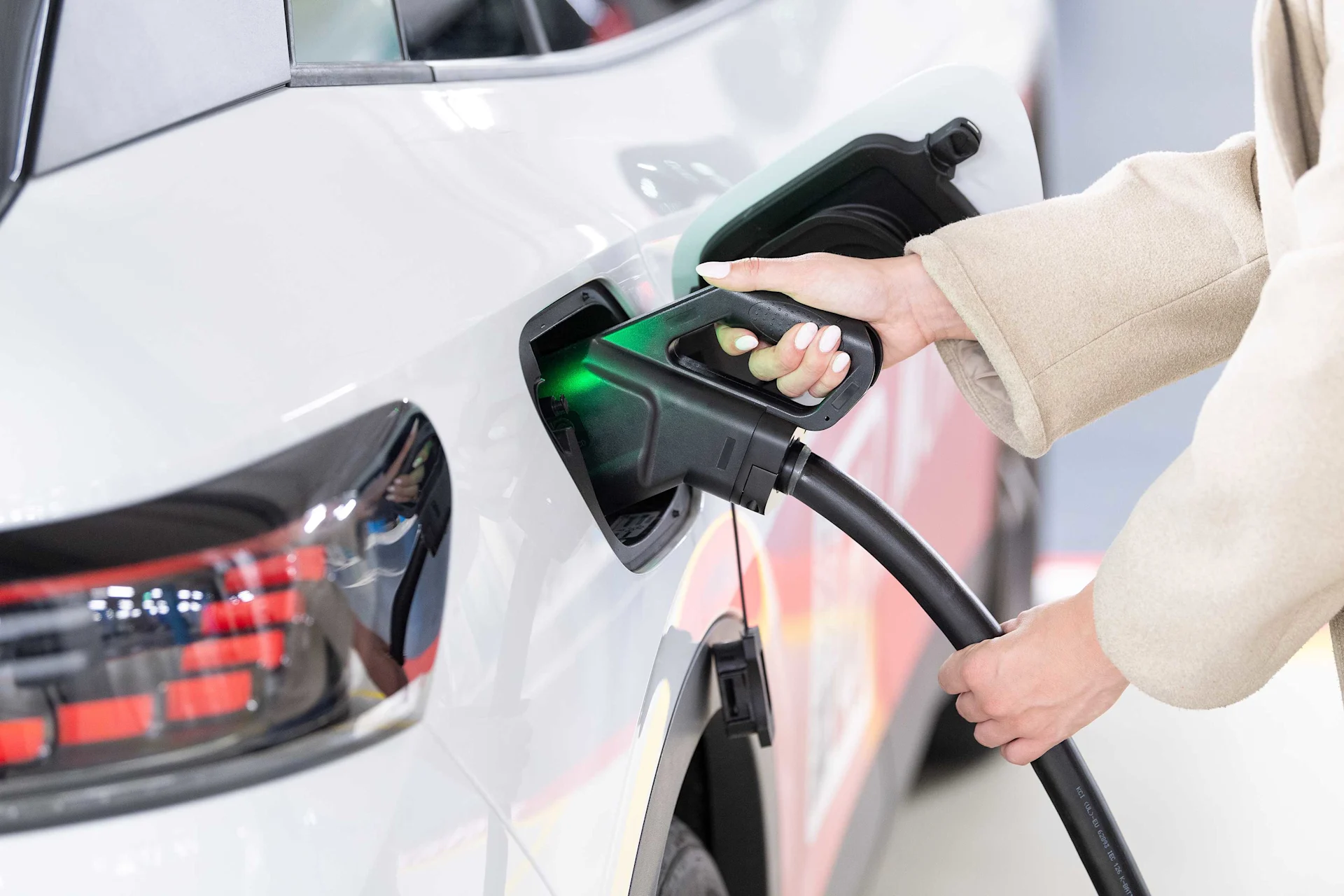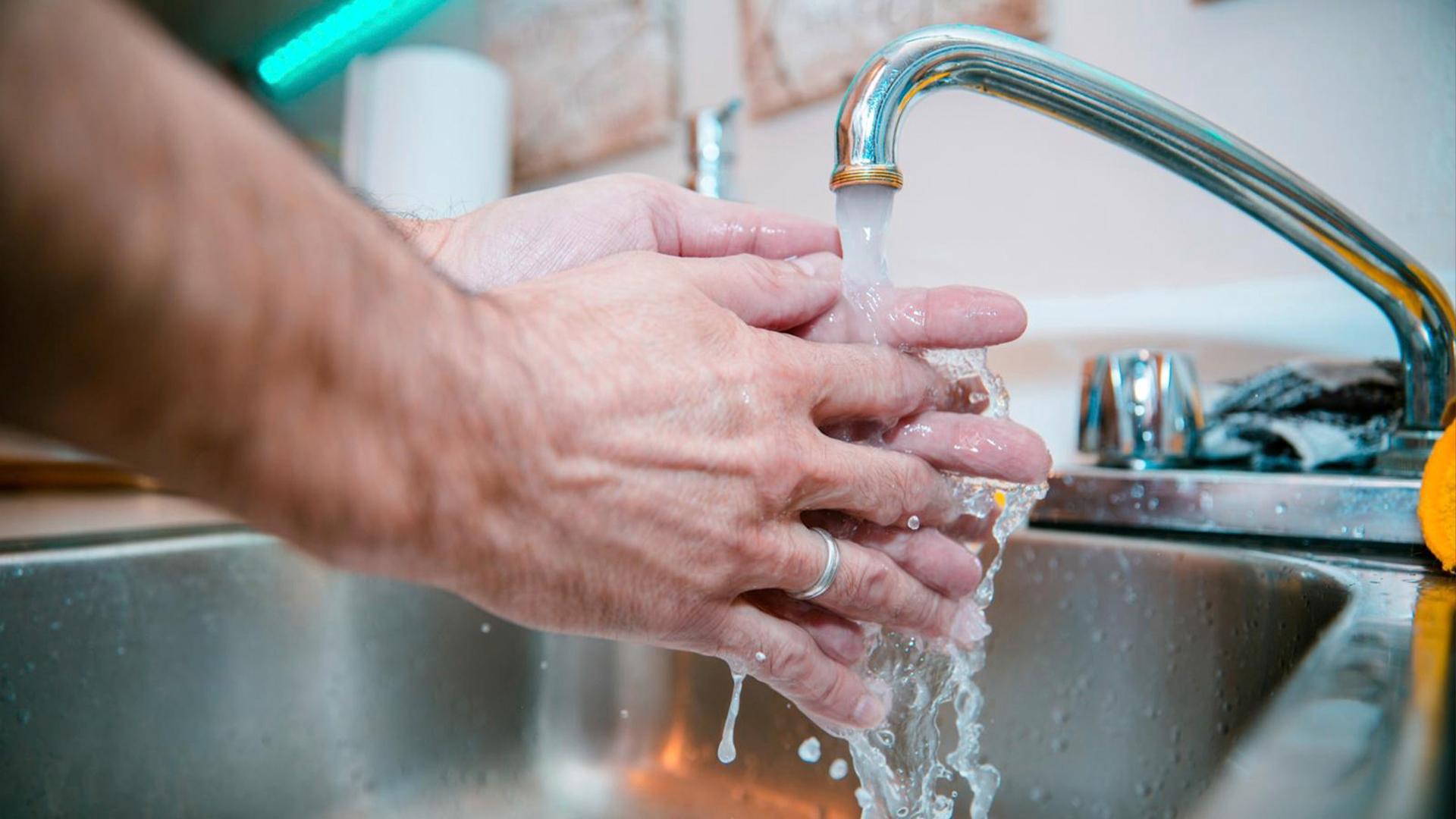
Climate & energy
Maximising your electric car's lifespan
What can you do to ensure that the batterie continues to work perfectly for many years to come?
navigation

Sustainability
In summer, not only do the temperatures rise. So too does the desire to take a cold shower several times a day. But where do we really use the most water in our homes?
The average person in Switzerland uses about 300 litres of drinking water a day, including 142 litres at home. Although Switzerland is seen as Europe's water reservoir, climate change is increasingly leading to extremely dry summers. Saving water not only preserves a resource and the environment. It also cuts your energy bills.
We explain where households use the most water and the best way to use less:
Toilet-flushing systems are the greatest source of water consumption in the home. The average person in Switzerland flushes about 40 litres of drinking water down the toilet every day. It's therefore worth manually halting the flushing process as soon as everything has been flushed away. This ensures that you only use as much water as necessary when you go to the toilet. If your toilet doesn't have an economy flush function, you can install a water-stop device in the cistern.
If you want to save water, stop taking baths. Because a typical bathtub holds about 200–250 litres of water. Showers consume about 15 litres a minute. A ten-minute shower therefore uses about 150 litres. A good water-saving shower head cuts water consumption to about 5 litres a minute – a wise investment for hot summer days. You should also turn off the water while lathering up.
Bathroom sinks consume approximately 11% of the 142 litres of water we each use day. There's no reason to leave the water running while you're brushing your teeth, washing your hands or shaving. So turn it off whenever you don't need it. If you also replace the strainer with a flow reducer, you can cut your water consumption by 30–50%.
Good news for all those who hate washing up: dishwashers consume about 50% less water than washing dishes by hand. For instance, a modern dishwasher in energy efficiency class A uses about 8.5–9 litres of water per cycle. Inefficient devices consume about 12 litres. However, true efficiency depends on the dishwasher being reasonably full when you run it. If you wash dishes by hand, you should never do this under running water. Soap up your dishes in the sink before rinsing them off.
Wash foods like fruit and vegetables in a bowl rather than under running water. Only heat up as much water as you really need for cooking.
Washing machines use 12% of the 142 litres of drinking water we each consume daily. For this reason, you should never run half loads of laundry. What's more, economy and short programmes usually suffice to get our clothes clean. You can also do without the pre-wash and treat stubborn stains by hand before placing the items in the wash.
Almost 5% of our daily water consumption is used to water plants. To save water here, you should only water the ground early in morning or late in the evening to prevent the water from evaporating immediately on hot days. Instead of a lawn sprinkler, opt for a drip tube. It's also worth collecting rainwater and using this for watering.
You thereby save electricity as well as energy and help to protect the climate.